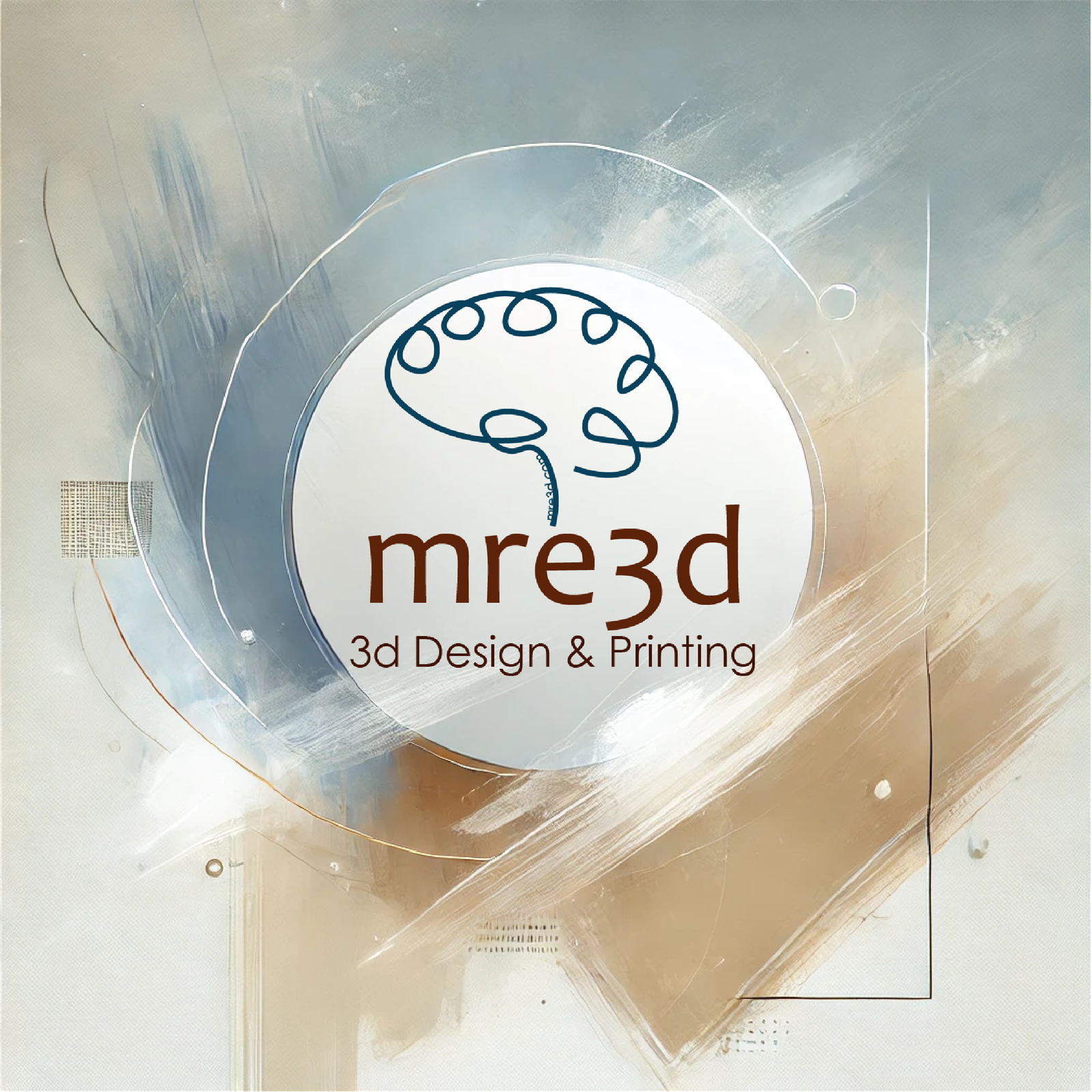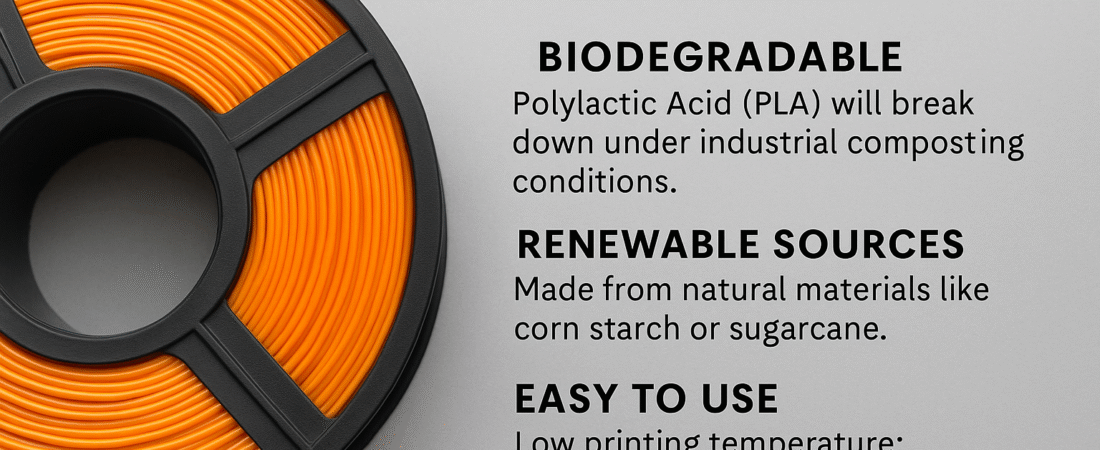PLA Filament: A Staple of the 3D Printing World
In the world of 3D printing, the variety of available filaments continues to grow, with new materials offering exciting possibilities. Yet one filament remains a top choice for makers, educators, and hobbyists alike: PLA (Polylactic Acid). In this updated blog post, we’ll explore what makes PLA filament so popular—including its properties, applications, benefits, and limitations—and why it continues to be a go-to material.
What is PLA Filament?
Polylactic Acid (PLA) is a biodegradable thermoplastic made from renewable resources such as corn starch, sugarcane, or tapioca roots. As a bio-based plastic, PLA is often praised for its eco-friendliness and minimal environmental impact. It’s widely used in 3D printing due to its low printing temperature, minimal warping, and ease of use—making it especially ideal for newcomers to the field.
Common Uses of PLA Filament
- Prototyping: Its affordability and printability make PLA a great material for rapid prototyping, especially when fine detail and fast iteration are key.
- Art and Design: Artists and hobbyists appreciate PLA’s vibrant color options and smooth finish. It’s perfect for creating sculptures, models, cosplay pieces, and decorative items.
- Education: In classrooms and makerspaces, PLA is the filament of choice for teaching 3D printing concepts. Its low-risk and non-toxic properties make it suitable for student use.
- Everyday Parts: While not as strong as some engineering-grade materials, PLA can be used for functional prints like light-duty brackets, organizers, toys, and desktop accessories.
Physical Properties of PLA
- Printability: PLA prints easily at 190–220°C and sticks well to most build surfaces. It rarely requires a heated bed and is compatible with nearly all FDM 3D printers.
- Biodegradability: Given the right industrial composting conditions, PLA will break down over time, making it more sustainable than petroleum-based plastics.
- Color and Finish Options: PLA is available in an ever-growing variety of colors and finishes, including matte, silk, metallic, glow-in-the-dark, and even wood or marble composites.
- Low Odor: Unlike ABS or nylon, PLA emits very little odor when printing—just a faint, slightly sweet scent—which is more pleasant for indoor environments.
- Strong Layer Adhesion: PLA typically exhibits excellent layer bonding, resulting in aesthetically pleasing and mechanically sound prints.
Advantages of PLA Filament
- User-Friendly: PLA is widely regarded as the easiest filament to print with, making it ideal for beginners and professionals alike.
- Eco-Conscious: Made from renewable resources and biodegradable under the right conditions, PLA is a step toward greener 3D printing.
- Vibrant and Versatile: With countless colors and specialty blends available, PLA offers unmatched creative flexibility.
- Low Warping: PLA’s minimal shrinkage means your parts are more likely to print true to size with little post-processing.
- Affordable and Accessible: As one of the most widely produced 3D filaments, PLA is also among the most affordable and readily available.
Disadvantages of PLA Filament
- Poor Heat Resistance: PLA softens around 60°C (140°F), so it’s not ideal for parts exposed to high temperatures (like car interiors or kitchen items).
- Brittleness: Compared to materials like PETG or TPU, PLA is more prone to snapping under stress and lacks impact resistance.
- UV Sensitivity: Prolonged exposure to sunlight can degrade PLA over time, causing it to become brittle and discolored—making it less suitable for outdoor use.
Conclusion
PLA filament remains a staple in the 3D printing world for good reason. Its ease of use, eco-friendly credentials, and vibrant aesthetics make it a reliable option for prototyping, artistic work, educational use, and general-purpose printing. While it may not be suited for high-heat or outdoor applications, the benefits far outweigh the limitations for most users. Whether you’re just starting your 3D printing journey or looking to expand your creative toolkit, PLA continues to be a trusted and dependable material.

